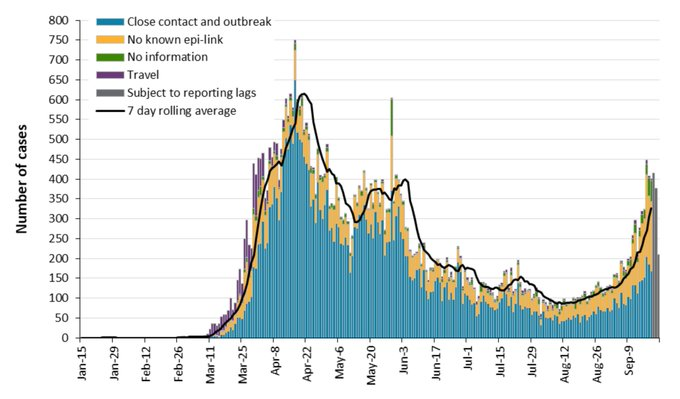I often hear people say that we should apply what we know from #QI to the #COVID19 response -- the concerns around COVID testing and trying to increase our testing capacity serve as a good example where knowledge of systems can be helpful. A thread.
I often teach #QI with @kgshojania.
He uses this analogy of a Rube Goldberg machine to describe complex systems in healthcare.
Rube Goldberg machines are intentionally designed to perform a simple task in an indirect and overly complicated way
E.g., a pencil sharpener
He uses this analogy of a Rube Goldberg machine to describe complex systems in healthcare.
Rube Goldberg machines are intentionally designed to perform a simple task in an indirect and overly complicated way
E.g., a pencil sharpener

A: Open window
B: Fly kite
C: Pull pulley
D: Lift cage door
E: Release Moths
F: Eat coat
G: Raise boot
H: Flip switch
I: Turn on iron
J: Burn shirt
K/L: Smoke out opossum
M: Jump out of tree
N: Land in basket
O/P: Lift cage
Q: Reveal woodpecker
R: Sharpen pencil
B: Fly kite
C: Pull pulley
D: Lift cage door
E: Release Moths
F: Eat coat
G: Raise boot
H: Flip switch
I: Turn on iron
J: Burn shirt
K/L: Smoke out opossum
M: Jump out of tree
N: Land in basket
O/P: Lift cage
Q: Reveal woodpecker
R: Sharpen pencil
We often jump to the first and most obvious solution without fully understanding the very complex set of processes that lead to the thing that we are trying to improve (in this case, improving our capacity for COVID testing)
So it might seem obvious to sharpen pencils faster to add a second woodpecker. And yet without addressing the various other steps in the process that contribute to the COVID testing capacity, we will not achieve 

Adding pharmacies as testing sites for COVID is like adding a second woodpecker -- makes sense on first glance, but as some have pointed out, may only marginally improve test capacity but might actually worsen test turnaround time
https://twitter.com/tara_kiran/status/1308971408656076802?s=20
I'm not a lab medicine specialist/public health expert so don't presume to know what the right answers are -- but wearing my #QI hat, the way to increase testing capacity requires detailed examination of the various steps of the process and targeted interventions to address them
For example, if we are overwhelming our testing capacity by testing low-risk individuals, then changes that prioritize rapid turnaround for higher-risk individuals makes a lot of sense
Also reminds me that there are "No Magic Bullets" in #QI -- as written about by @kgshojania and @GrimshawJeremy in this nice piece a number of years back amjmed.com/article/S0002-…
• • •
Missing some Tweet in this thread? You can try to
force a refresh









